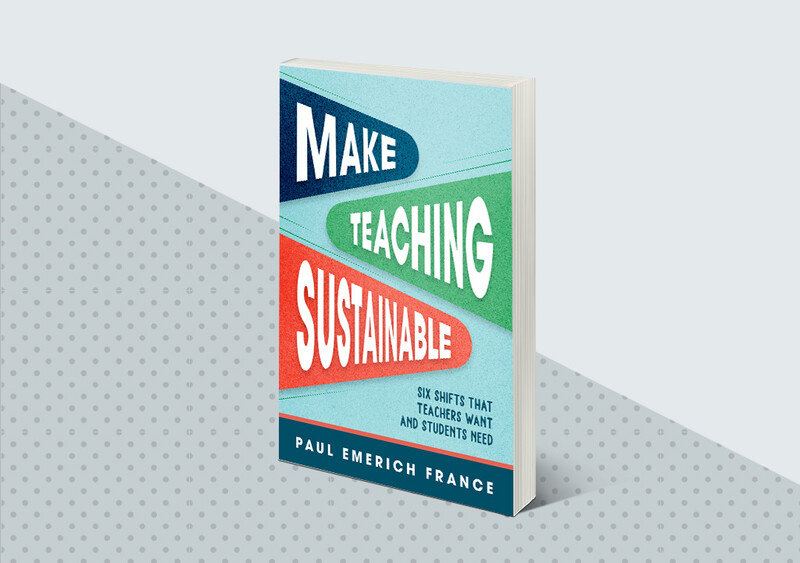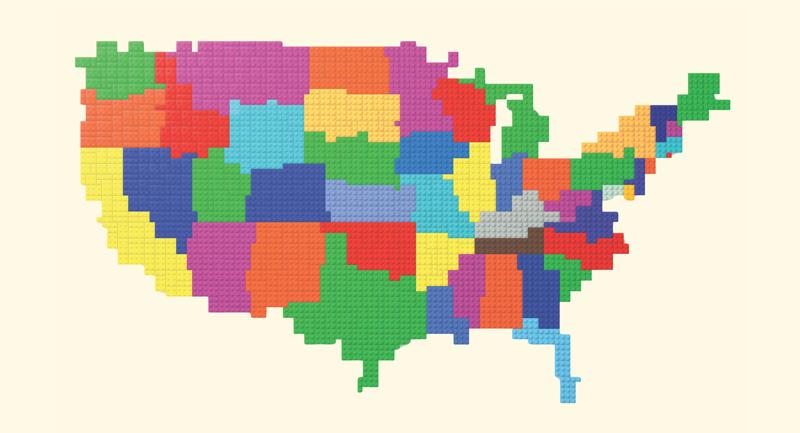Responsive instruction is critical to sustainable teaching. We must be flexible and receptive to students’ needs to work with them, engaging them in the learning process so they can share in the energy demands of learning with us, their teachers. Without responsive teaching, students disengage either due to boredom or a lack of understanding. To be responsive, we must know where students are in relation to grade-level benchmarks—and this can’t happen without effective and efficient formative assessments.
It’s most important to be proactive: solidify a plan for formative assessment well before you start teaching a new unit. Doing so will help you anticipate the journey you will take learners on over the course of a unit of instruction.
The following steps can guide your planning.
Identify the desired results of your unit of instruction.
Even if you are following the scope and sequence of a curriculum or textbook, all teachers should identify the standards to formally assess throughout a unit of instruction. Go beyond simply listing the standards or copying and pasting them from the curriculum manual. Instead, summarize the standards in your own words, unpacking each one by listing prerequisite skills on which you may want to collect data. Consider this example:
Standard for geometric measurement: Students will understand concepts of area and relate area to multiplication and to addition.
To summarize, students will be able to calculate the area of rectangles using a variety of strategies. Students may count unit squares, skip-count rows or columns of unit squares, and/or use multiplication to calculate the area. When deconstructed for scaffolding purposes, the following student learning objectives come to mind:
I can define area and perimeter.
I can differentiate area and perimeter.
I can calculate the area of a rectangle by counting unit squares.
I can calculate the area of a rectangle by skip-counting rows and columns.
I can repeatedly add single-digit addends.
I can explain the relationship between addition and multiplication.
I can multiply single-digit factors.
I can calculate the area of a rectangle by multiplying the base and height.
Create learner-friendly success criteria so that students know what they are learning.
Once you’ve determined your learning goals, translate them into a learner-friendly rubric. When beginning the unit, share this rubric with students as a way to preview what’s to come. This enhances sustainability, making students partners in the process of articulating new learnings and assessing their own work. Note that all of the learning objectives from the previous section don’t need to be in the rubric: the rubric contains broad learning goals, as opposed to lesson-based objectives.
Start each unit with a pre-assessment.
Administer a pre-assessment to begin your unit, aligning it to the learning goals outlined in your learner-friendly rubric (see example on p. 15). This pre-assessment provides a baseline against which both you and your students can later use to describe their progress in relation to the formative assessments you conduct throughout the unit.
Construct assessments so that learners can reflect both on the product and the process, meaning they can evaluate their own correctness and the process by which they reach an answer. This will make reflections even richer.
Create a calendar of formal formative assessments.
It’s important to differentiate between anecdotal and formal formative assessments. While collaborative tasks can provide anecdotal evidence of learning, they cannot serve as a valid and reliable indicator of mastery. Collaborative tasks, by design, encourage learners to temporarily lean on peers and adults for support. Formal formative assessments, on the other hand, will be completed independently, offering teachers a valid and reliable data point on what learners can do without outside support.
Creating a calendar of formal formative assessments provides anchoring points for teachers—especially new ones. These formative assessments, if aligned to pre- and post-assessments, will generate opportunities for reflection on the effectiveness of instruction. Formal formative assessments can take the form of:
Exit tickets that provide data points on deconstructed learning objectives and/or broader learning goals within the rubric.
Formal quizzes that mirror the pre- and post-assessments, also aligned to the rubric.
On-demand writing tasks that ask students to solve a problem, respond to a prompt, and/or reflect on their thinking.
Entry tickets that allow teachers to strategically group in the moment.
Without responsive teaching, students disengage either due to boredom or a lack of understanding.
Conclude each unit with a summative assessment.
Many teachers grapple with when to move on from a unit of instruction, especially when some learners have not yet demonstrated consistent proficiency of all essential skills. A clear plan for pre-assessment and formative assessment provides teachers an opportunity to demonstrate student growth. This, in turn, allows teachers to move on to the next unit even if some students have not reached grade-level proficiency.
In the area example, consider that some learners may have begun the unit without any prerequisite understanding of area. While they may be making procedural errors related to skip-counting, repeated addition, and/or multiplication on the post-assessment, the mere fact that they learned strategies for calculating area would be indicative of progress. Growth is substantiated by a storyline of assessments, concluding with a summative assessment that has the potential to inform future instruction. For instance, teachers can embed review, reinforcement, or enrichment problems related to previously taught skills during independent work for future units.
Tell the Story
Assessment should provide the opportunity to tell a story of learning over the course of a unit of instruction. To further support students, be sure to create a process for organizing and collecting these artifacts, perhaps housing pre-, post-, and formative assessments in a folder or binder, so that students may refer to them after each unit. You’ll be surprised at their keen reflections—and the excitement they express—when they see how much they’ve grown.
Make Teaching Sustainable
Paul Emerich France shares six mindset shifts to help educators sustain their energy and effectiveness while empowering their students.










